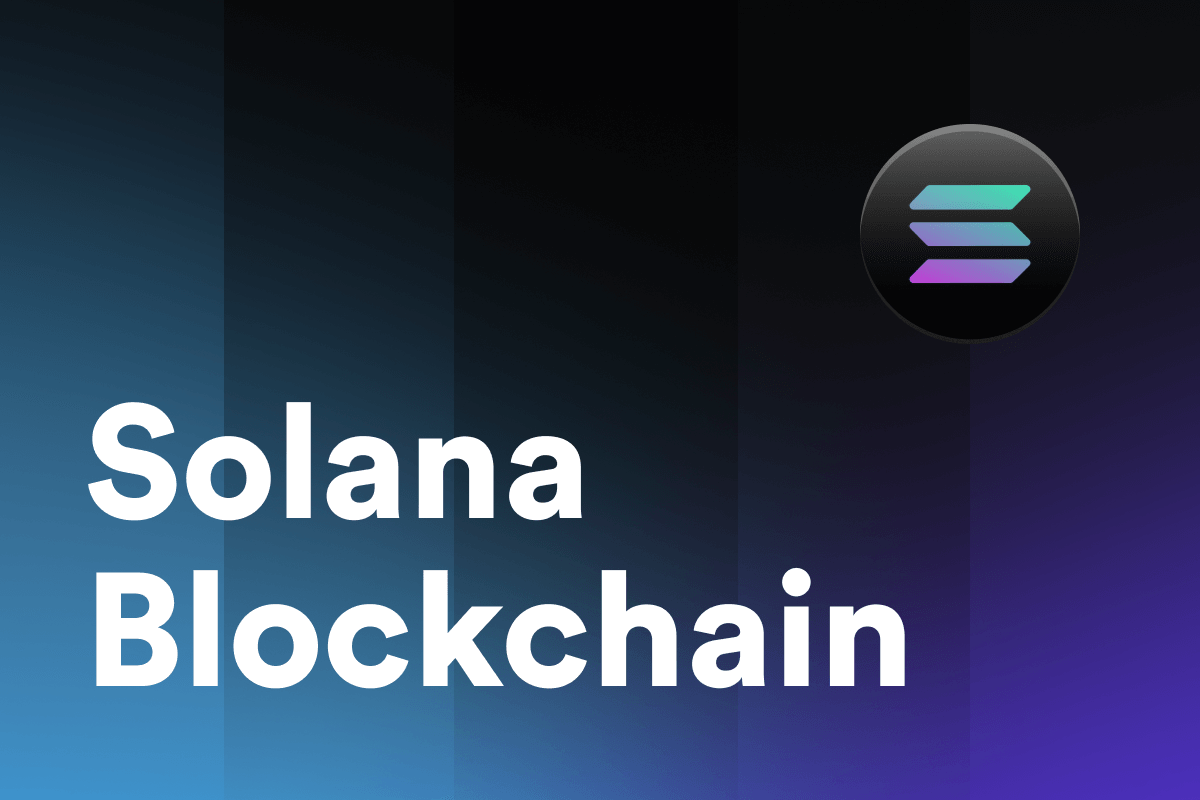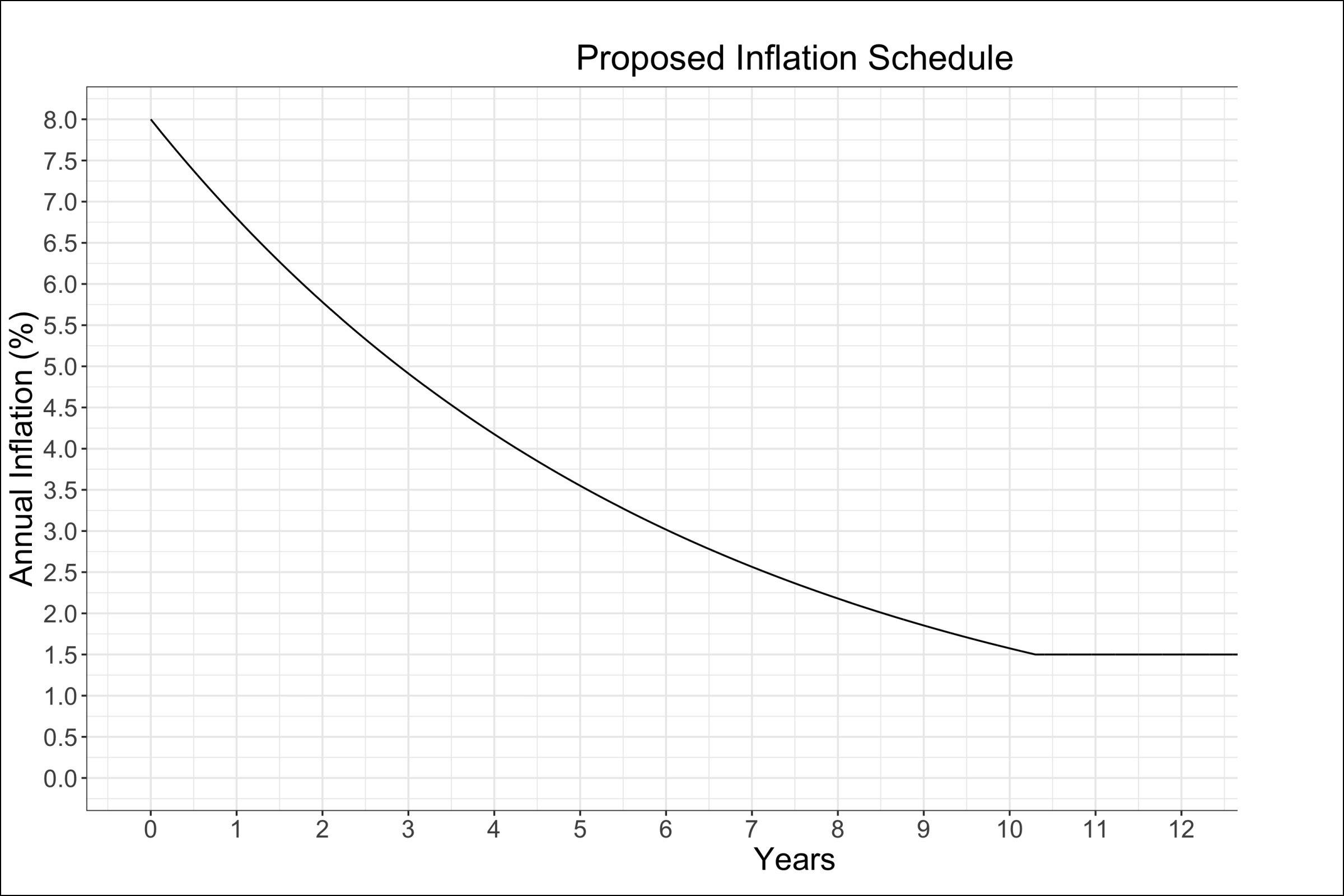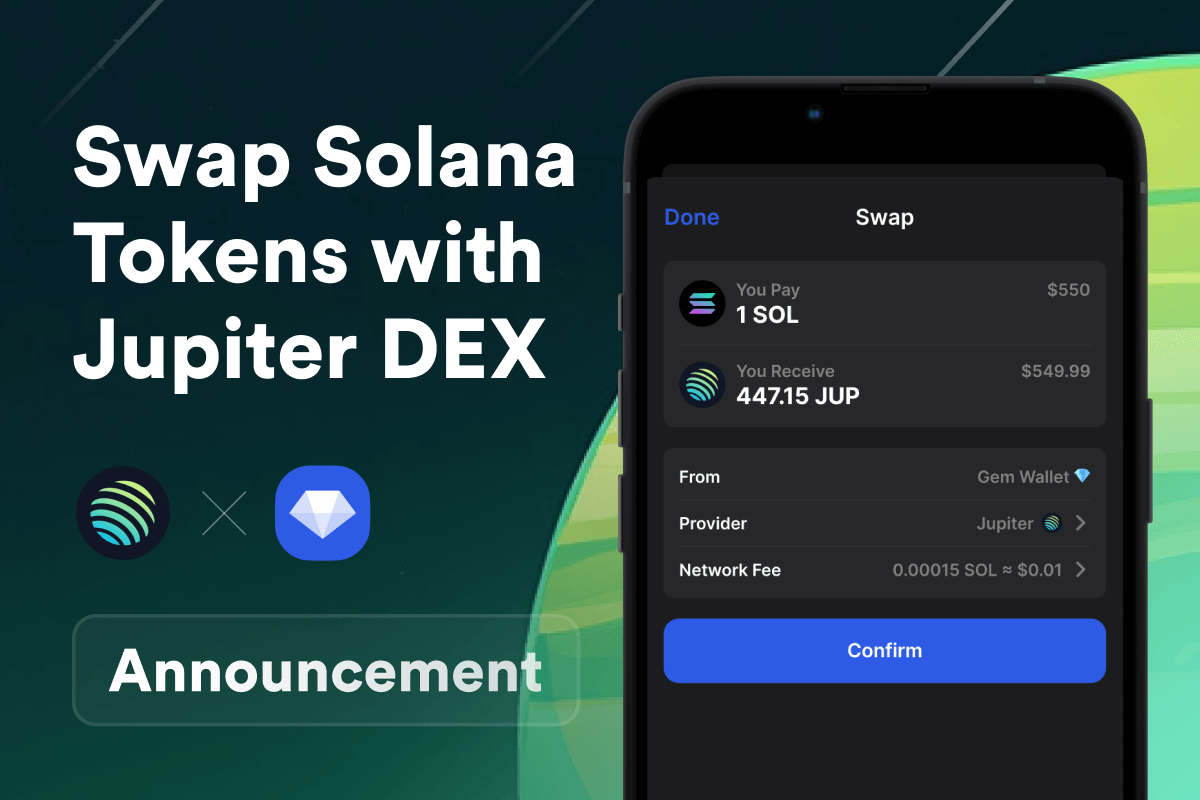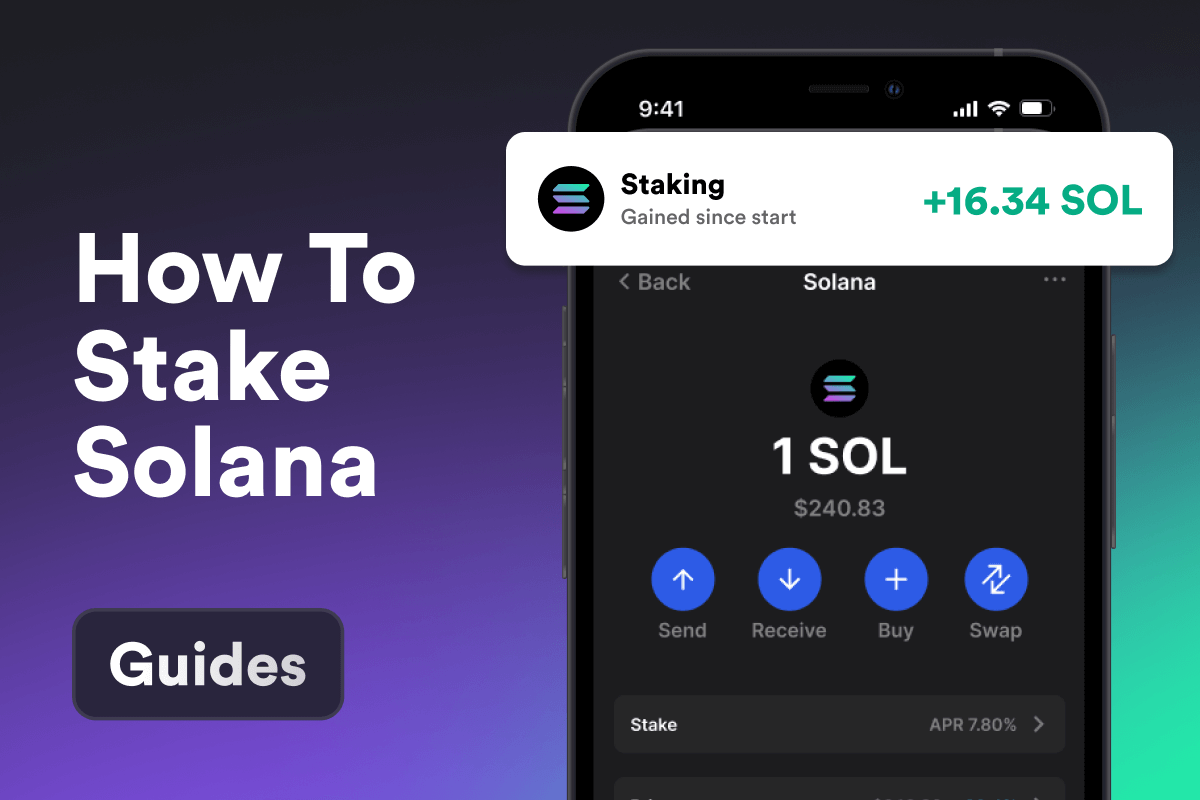
What Is Solana?
Solana is a Layer 1 (L1) blockchain platform known for its high speed and efficiency. As an L1 blockchain, Solana forms the primary network infrastructure for its own transactions and security protocols. Its main advantage lies in its unique architecture, allowing it to process thousands of transactions per second, which is significantly faster than most other blockchain networks. This efficiency is primarily due to its innovative Proof of History (PoH) consensus protocol, which organizes transactions more effectively. Additionally, Solana facilitates the development and deployment of decentralized applications (DApps) and smart contracts, offering a powerful environment for developers with relatively low transaction fees. These features make Solana a highly attractive platform for a variety of projects in the cryptocurrency and financial technology sectors.
Proof of History (PoH) in Solana
PoH in Solana offers several advantages. It allows for built-in timestamps within the blockchain itself, using a verifiable delay function. This feature enables each block producer to maintain an accurate and consistent timeline, facilitating faster and more efficient validation of information. Unlike many other blockchains, Solana’s PoH allows individual nodes to validate the entire chain with minimal information, even when not connected to the rest of the network. This innovative approach to timekeeping in blockchain technology not only improves speed but also ensures a higher degree of security and reliability in transaction processing.
 Proof of History Timestamps. Source: docs.solana.com
Proof of History Timestamps. Source: docs.solana.com
Differences Between Solana and Other Blockchains
Solana differentiates itself from other blockchains in several ways that are designed for mass adoption:
-
Speed: Solana features incredibly fast block times of just 400 milliseconds, enabling it to process approximately 2,933 transactions per second. This rapid processing speed ensures that users don’t have to wait long for their transactions to be processed. As hardware technology continues to improve, the network speed of Solana is also expected to increase, potentially allowing for even higher transaction throughput.
-
Scalability: Designed to handle thousands of transactions per second, Solana is built for scalability. This high transaction capacity is coupled with very low fees for both developers and users, with fees remaining less than $0.0025 per transaction.
-
Decentralization: The network’s security and resistance to censorship are bolstered by its validation process, which involves thousands of independent nodes. Specifically, with over 1,978 validators, Solana ensures a high level of robustness and security, contributing to its decentralized and secure nature.
-
Energy Efficiency: Solana’s proof of stake network and other technological innovations are designed to minimize its environmental impact. The energy usage per transaction on Solana is approximately equivalent to that of a few Google searches, making it an energy-efficient blockchain solution.
Solana: A Socially Responsible Blockchain
Solana is more than a powerful, reliable, and fast blockchain tool; it’s also a socially significant project that prioritizes ecological care and the wise use of resources. Solana is notable for its zero carbon footprint, reflecting its commitment to environmental sustainability.
 How Solana’s energy use stacks up. Source: solana.com
How Solana’s energy use stacks up. Source: solana.com
SOL: The Token of the Solana Blockchain
As the lifeblood of the Solana blockchain, SOL token not only acts as a currency but is also deeply woven into the network’s architecture, underpinning its operational efficiency and democratic governance model.
Tokenomics of SOL
- Total Supply: 500,000,000 SOL instantiated at network launch.
Inflation Schedule Highlights
- Initial Inflation Rate: 8%
- Disinflation Rate: -15% per year
- Long-term Inflation Rate: Stabilizes at 1.5%
 Annual inflation rate over time. Source: docs.solana.com
Annual inflation rate over time. Source: docs.solana.com
This schedule aims to balance validator ecosystem support and Solana Foundation grants, with supply and yield metrics evolving over time.
Uses of SOL
-
Transaction Fees: The SOL token is essential for covering transaction fees within the Solana network. These fees are incurred for various activities, such as transferring SOL from one wallet to another, withdrawing from exchanges, or executing other types of transactions within the Solana ecosystem. Each transaction on the network requires a fee paid in SOL.
-
Staking: Solana supports staking by offering generous rewards to users who contribute to the network’s support. Users stake their assets, enhancing the network’s security and reliability. In return, the Solana blockchain issues rewards, which can be freely utilized: users can swap them for stablecoins, send them to friends, or reinvest them in staking to increase their earnings.
-
Governance: SOL enables community voting in Solana’s governance system.
-
Payment Services: SOL is used in payment services on Solana-based apps, facilitating easy acquisition through various exchanges or direct purchases.
-
NFT: SOL tokens are crucial for NFT activities, including minting new collections and purchasing popular NFTs.


